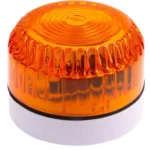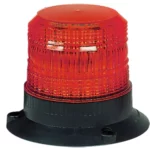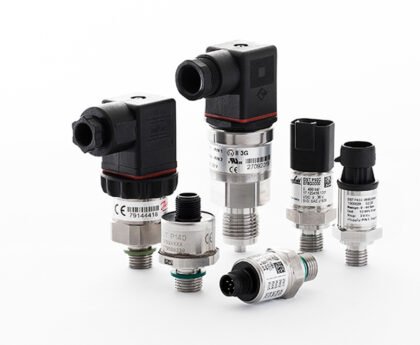Xenon flashing beacons have been a popular choice for industrial and commercial settings, emergency vehicles, and other hazardous environments for decades. They produce bright flashes of light, which makes them highly visible even in low light conditions. The L101 Series of xenon flashing beacons is a top-of-the-line option that has been designed to withstand even the toughest conditions. In this article, we will explore the advantages and unique features of the L101 Series, as well as their applications and best practices for maintenance and installation.
Advantages of the L101 Series for Hazardous Environments
The L101 Series of xenon flashing beacons has many advantages, especially when used in hazardous environments. One of the main advantages of the L101 Series is their high visibility, which helps to reduce the risk of accidents and improve safety in industrial and commercial settings. The L101 Series also features a sealed electrical system, which protects the beacon from dust and moisture. This is important for environments where dust, dirt, or moisture are present, such as construction sites or outdoor locations. Additionally, the rugged polycarbonate base and impact-resistant lens make the L101 Series highly durable and able to withstand harsh environments.
Features that make L101 Series stand out
The L101 Series of xenon flashing beacons has several features that make them stand out from other types of beacons. The L101 Series is available in a range of colors, including amber, blue, clear, green, and red, making them suitable for a variety of applications. The beacons also have a low current draw, which means they can be used with a variety of power sources. Furthermore, the L101 Series features a modular design, which makes it easy to replace individual components in the field, reducing downtime and repair costs.
Applications of the L101 Series in Industrial and Commercial Settings
The L101 Series of xenon flashing beacons is suitable for a wide range of applications, including industrial and commercial settings. These beacons are commonly used to alert workers to potential hazards, such as in factories, warehouses, and construction sites. They can also be used in airports and other transportation settings to alert drivers and pedestrians to potential hazards. The L101 Series is also commonly used in emergency vehicles, where they are used as part of warning systems to alert drivers and pedestrians to the presence of the vehicle.
Maintenance and Installation
Best Practices for L101 Series Proper installation and maintenance are crucial to ensuring the effectiveness and longevity of the L101 Series of xenon flashing beacons. Before installing the beacons, it is important to conduct a site assessment to determine the best location and mounting method for the intended application. It is also important to ensure that the beacons are installed in compliance with local regulations and guidelines. Regular maintenance is also important to ensure that the beacons are functioning properly and are visible to drivers. This can include regular cleaning, bulb replacement, and testing of the beacon’s electrical system.
Conclusion
The L101 Series of xenon flashing beacons is a reliable and durable option for a wide range of hazardous environments. Their high visibility, durability, and resistance to dust and moisture make them an ideal choice for environments where hazards need to be clearly identified. By understanding the advantages and unique features of the L101 Series, as well as best practices




